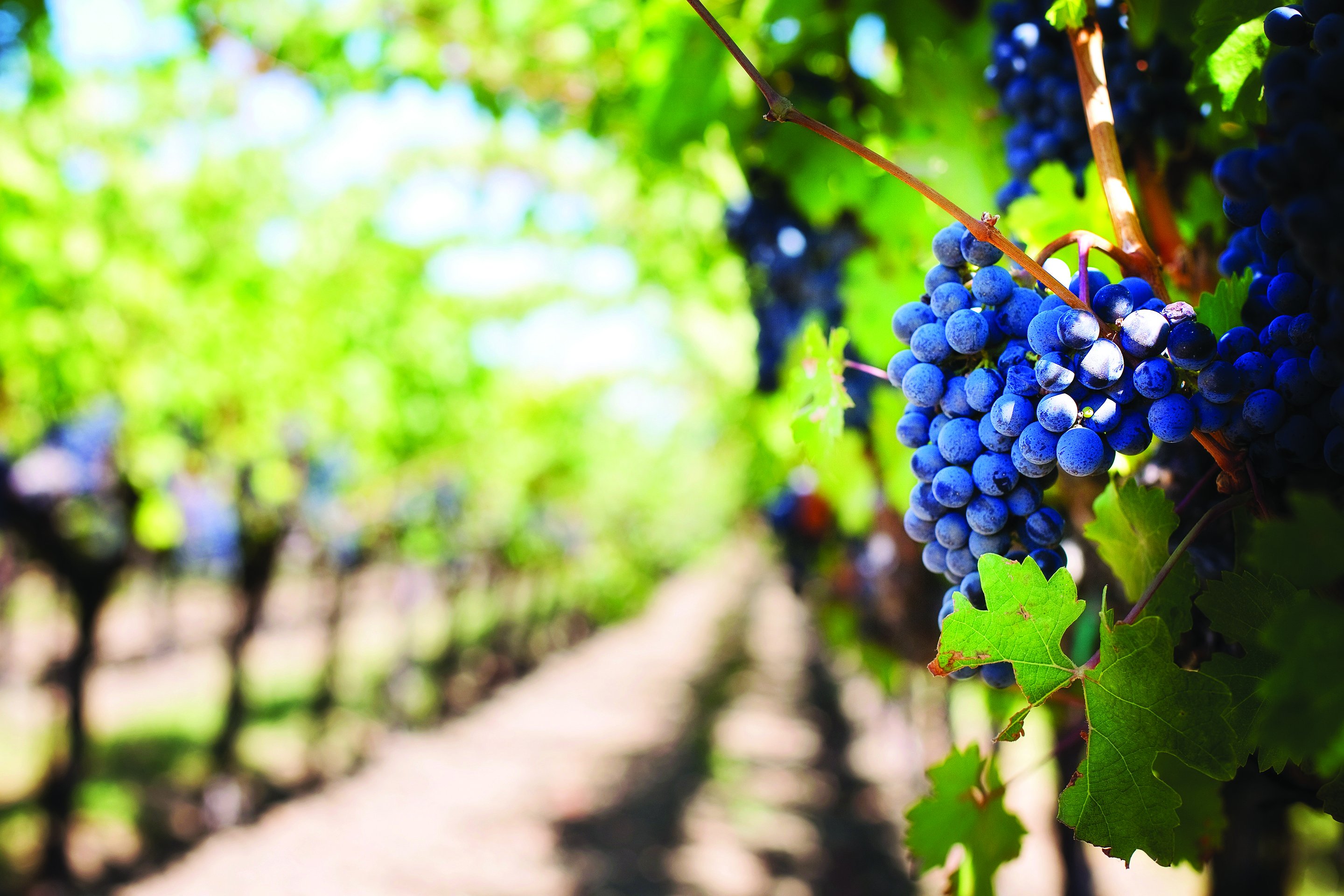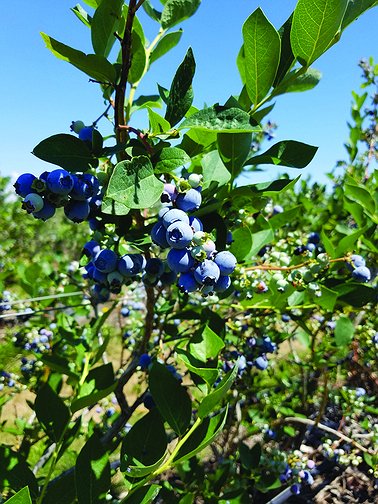2024 crops year in review
NANCE BESTON | Hagadone News Network | UPDATED 1 year, 2 months AGO
Apples
The 2024 apple season is still in harvest, according to the Washington state University Tree Fruit Extension Specialist Tianna DuPoint. However, the harvest is looking positive.
“We’re still getting estimates on the crop turnout, but the quality seems to be good,” DuPoint said.
During the spring, some apple crops were impacted by cold weather but in most locations the crops are still looking good according to DuPoint.
“This is a great year to eat fruit, it’s very tasty,” DuPoint said.
Barley
There was less barley planted this year compared to previous years at 68,000 harvested acres, according to Washington Grain Commission CEO Casey Chumrau.
“We’re pretty close to a record low in terms of acres for barley,” Chumrau said. “But again, we had slightly better conditions this year than last year, and so I actually don’t have any of those production numbers yet.”
The barley prices were lower this year, making it harder for farmers to get a return on their investment, Chumrau said.
“One of the reasons that barley acres have gone down over the years is that there are some other crops, like pulses, canola, beans, that are more profitable than barley,” Chumrau said. “And so, that’s one of the big challenges for the barley acres. And then always, one of the big challenges for us is that we have limited capacity for where malted barley could go, but there is kind of just not a huge market here domestically, for the barley, other than for feed.”
Blueberries
In Oregon and Washington, there was a light supply, moderate demand and slightly higher market. There was a wide range in prices according to the Commodity Report from the USDA National FOB Review for Sept. 16.
That said, Washington Blueberry Commissioner Alan Schreiber said the state is still the number one producer of blueberries in the U.S. However, triple-digit temperatures over the summer did impact the crop.
Cherries
The 2024 cherry season was a success according to the President of the Washington Fruit Commission, BJ Thurbly. The season ended Aug. 24 with around 380 million pounds of cherries harvested in Washington.
“The fruit that went into a box this season was stellar,” Thurbly said. “It was nice to have a good growing season because the last couple of years we have been having some issues, but this year went great.”
Thurbly said the heat wave that struck Washington around the beginning of July forced farmers to pick cherries sooner, but other than that the rest of the season went well.
“This is one of the first seasons in my 28 years that we didn’t get rain,” Thurlby said. “That was so wonderful, and our cherries appreciated that.”
Thurlby said he thought there would be a smaller cherry crop this year, however they ended up with several million more pounds than anticipated. He said they probably could have even grown more cherries and been fine with the supply and demand of this year.
Grapes
Grapes are in their harvest season; there is an estimate of 250,000 tons to be harvested this season, according to the Executive Director of the Washington Wine Growers Association, Colleen Frei.
“Our crop appears to be a little more fruitful than last year,” Frei said. “And so we were having, we anticipated having some enhanced tons per acre compared to 2023.”
During Jan., there were some deep freeze issues, however they did not have a prolonged impact, and vines were healthy and able to pull out of that without significant damage, according to Frei.
The harvesting season will end in the first couple of weeks into November, which is when more accurate numbers on the tons of grapes harvested can be provided.
Pears
There were severe impacts on the pears this season over the winter which affected the bud count. Then there was frost in March that also damaged the harvest, according to Washington State University Tree Fruit Extension Specialist Tianna DuPoint.
In Yakima and Hood River, damage was less apparent and those crops are doing fine, according to DuPoint.
Dupoint said Washington will have a lower-than-average pear turnout because of the winter damage. She said there will be 50% of crops in the northern areas and 75% of crops overall.
According to a press release from Pear Bureau Northwest, which covers Washington and Oregon, the industry is expecting 10.6 million standard boxes, which is 31% lower than the five-year average. Bosc pears had the steepest decline, 62% less than last year. This was the result of early season freezers. Green Anjou, 36% less than the five-year average, was also impacted.
According to the PBNW release, there were only 13% less than the total projected at the beginning of the season.
“Despite this year’s shorter crop and some regional differences in overall appearance,” President and CEO CarrieAnn Arias said via the release, “This year’s harvest will continue to deliver a great eating experience for the consumer.”
Potatoes
According to Potatoes USA press release there will be a slight volume decrease in spud production this year. The U.S. potato export value grew 4% to a record $2.3 billion from July 2023 to July 2024. There were 3.3 billion metric tons exported at the same time.
The value of potato increased as follows, fresh 4.9%, frozen 4.2%, chips 2.7%, dehydrated 2.2% and seed 19.0%. For export volumes, fresh 7.5%, dehydrated 0.7%, and seed 12.4% saw increases, while frozen -6.1% and chips -3.3% decreased.
The Washington Potato Commision did not respond to additional questions by press time.
Stone fruit: peaches, plums and nectarines
The frost and cold winter destroyed most stone fruit this year, according to DuPoint. She said some growers have a 100% loss of crops from the cold winter and March frost and the ones who kept their crops are looking at a low turnout.
Wheat & Barley
The winter wheat yield was higher in most areas at around 70 bushels per acre. The spring wheat yield is lower than the winter wheat in an average year at 48 bushels per acre. Both spring and winter wheat are up in yield from last year, according to CEO of the Washington Grain Commission, Casey Chumrau.
Chumrau said there were issues with moisture, frostbite of crops and the cold snap in January. However, most crops rebounded with minimal damage.
“I think overall, percentage wise, the fires probably didn’t impact that much,” Chumrau said. “But in certain areas and for certain farmers, there were some devastating fires. And, there were a lot of wheat fields that would have been lost because of those fires. So, you know, for the overall production numbers and maybe supply that’s available, it was kind of small, but certainly we don’t want to undermine the impact that had on some of those regions and those farmers.”
One thing Chumrau wanted to emphasize is that low prices are consistently a challenge for farmers, because they often don’t make a return on their investments.
“I think the fact that the low wheat and barley prices are a real challenge for farmers and that they don’t get to set those prices is always something that we like to highlight,” Chumrau said. “We’re hoping for additional rain as we go forward, because most of the state continues to be in drought conditions, and so looking forward to planting, which has already started, we want to make sure that the crops are in good condition going into winter to set us up for the next harvest.”
ARTICLES BY NANCE BESTON

Mathis sworn into Ephrata council seat
EPHRATA — On Monday night, the Ephrata City Council and Mayor-Elect Steve Oliver attended a workshop to discuss roles and swear in Oliver and the council’s newest member.

Ephrata’s 2025: A year of infrastructure, parks and branding
EPHRATA — As 2025 draws to a close, the city of Ephrata reflects on a year marked by investments and improvements in its water infrastructure, park facilities, buying a new facility and branding initiatives. The city added a new water tower, upgraded its water reclamation facility, installed new park bathrooms, began replacing the playground equipment at Lions Park and formed its first brand.

Port of Ephrata reports 2025 successes
Port administration plans for infrastructure growth in 2026
EPHRATA — The Port of Ephrata has marked a successful year of growth and innovation, according to Executive Director David Lanman. The Port's accomplishments include infrastructure upgrades, new services like Jet A fuel and Hertz rental cars, as well as collaborations with area partners to create opportunities.











